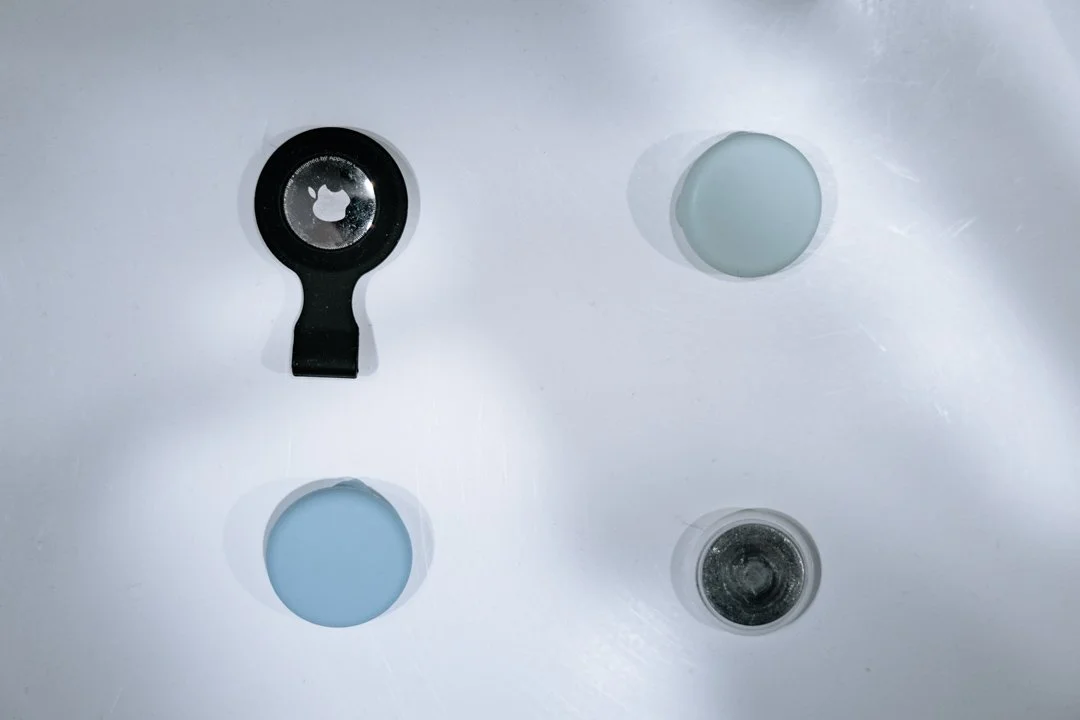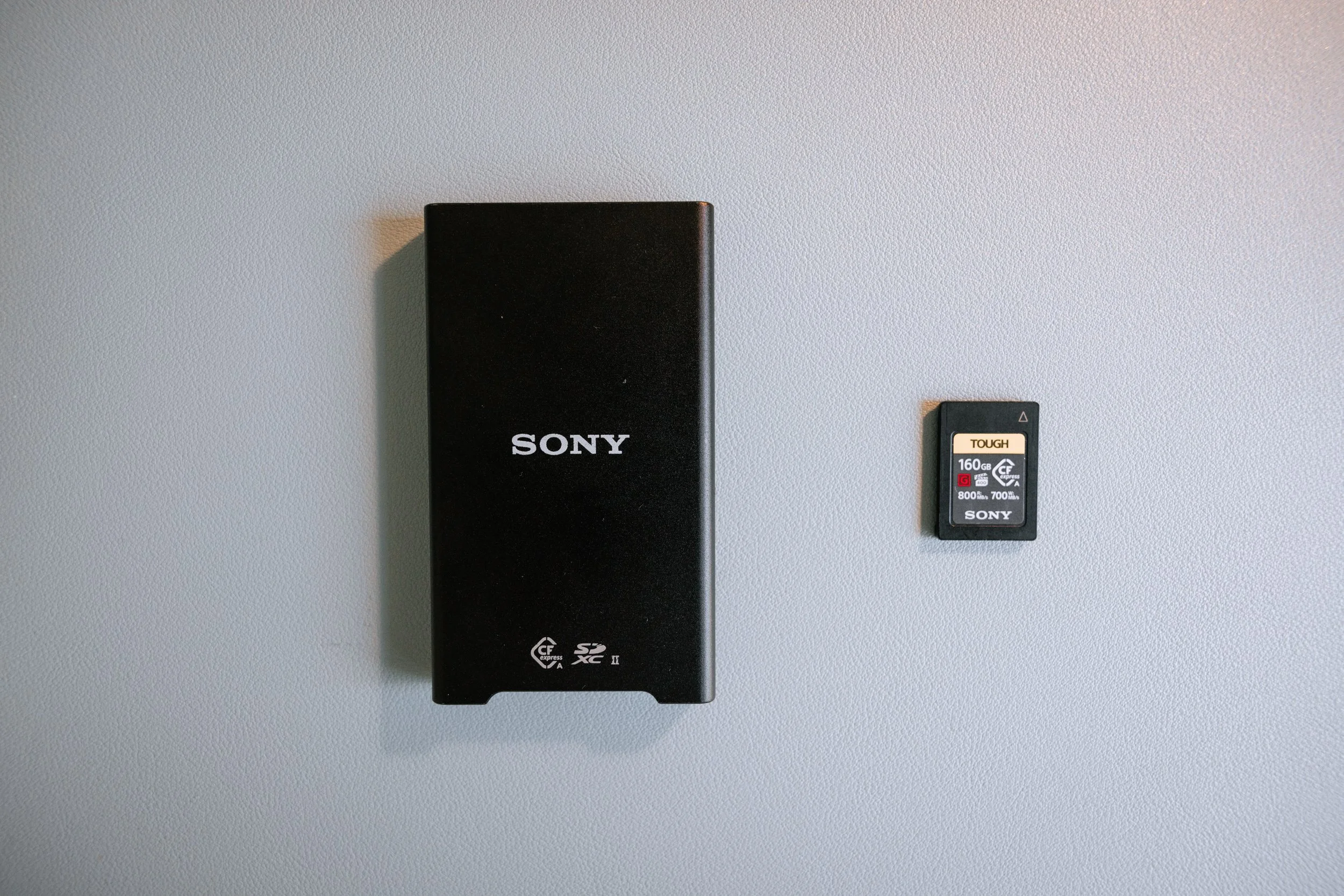How to Keep Your Camera Gear & Data Safe During Travel
As travel photographers, we invest thousands in camera equipment and capture irreplaceable memories on every trip — but how do we protect both our gear and data on the road? Whether you're exploring remote destinations or navigating crowded tourist spots with your Canon or Sony mirrorless setup, keeping your camera equipment intact and your photos backed up is crucial. After a dramatic incident where my entire camera backpack got run over by an SUV (yes, really), I've learned exactly what works for protecting photography gear during travel. Here's my field-tested system for safeguarding both your equipment and the precious memories you capture.
Most products mentioned below were shared in the “my camera gear” section of my website.
Part 1: Camera Gear Safety
My Wake-Up Call: The SUV Incident
Last summer changed how I think about gear protection forever. While checking into an Airbnb with my family, my F-Stop camera backpack — trusted companion for over 10 years — slipped from our trunk just as my husband backed up our 7-seater SUV. My entire camera kit went under the wheel: Canon R5, three RF lenses, multiple filters. According to my husband, he thought he'd run over a large rock.
I was devastated. But here's the surprising outcome: almost everything survived. Only my Canon RF 70-200mm f/2.8 lens suffered severe damage (costing $900 and a month to repair), along with crushed ND filters that weren't stored in the ICU.
The hero? My F-Stop backpack's metal frame design. After 10 years of sometimes wishing for lighter gear, that solid build saved thousands in equipment. I'm still using that same backpack today, 12 years later.
(Note: This isn't sponsored content — just genuine experience sharing.)
1. Invest in a High-Quality Camera Bag
Always choose a camera bag with serious protection, ideally featuring a solid frame. Yes, everyone wants ultralight gear these days, but after my incident, I'm convinced that extra pound of protection provides invaluable peace of mind.
When traveling with kids, bag safety becomes even more critical. During my 4-month solo Europe trip with two children, my 8-year-old carried my SonyA7IV in a day pack. (Check out what was in my camera bag for our 5-month Europe Trip).
In crowded places, I'd have him walk in front or wear the pack on his chest (where I also stored my wallet). My smartphone stayed on my wrist for constant GPS access.
The F-Stop design excels here too — the ICU opens against your back rather than exposing gear to the public, a crucial safety feature in tourist areas.
2. AirTags: Your Gear's GPS Guardian
AirTags have become essential to my travel routine. I place one in every piece of luggage carrying photography equipment:
F-Stop backpack
Son's day pack
Tripod sling
Suitcases with camera accessories
Real-time tracking provides massive peace of mind, especially when dealing with airport handlers or navigating crowded transit systems. This small investment pays huge dividends in security.
3. Camera Straps: Low-Key is Key
Replace those loud Canon or Sony branded straps with durable, logo-free options. Here's my love-hate relationship with the Peak Design strap I've used for years:
Pros:
Incredibly durable
Easy clip on/off system
Wide enough to prevent neck strain during long shoots
Cons:
The loop often interferes when holding the camera close
Strap length self-adjusts constantly (requiring frequent readjustment)
Works better for taller photographers who don't need to shorten it as much
4. Wrist Straps for Lighter Setups
For my Sony A7 IV, I've been testing the PGYTECH Camera Wrist Strap. It's solid and durable with a unique security feature: the loop tightens once your wrist slides in. Great for peace of mind but can be challenging to remove quickly. I wish it had a loop-size lock for easier sliding in and out. Still, it's excellent for those preferring to skip neck strap weight.
Part 2: Data Safety
1. Memory Cards: Quality Over Quantity
Never compromise on memory cards. I use:
CFexpress Type A for Sony A7 IV
CFexpress Type B for Canon R5
Both are Sony brand, 128GB and 160GB respectively. In years of use storing thousands of RAW photos, I've never experienced a single corrupted file. Not once.
My philosophy: invest in quality products once rather than replacing unreliable gear repeatedly. In remote locations hundreds of miles from any camera store, the last thing you need is card failure.
Though I process photos daily while traveling, I keep images on memory cards as long as possible until returning home — creating an extra backup layer.
2. Primary Storage: Portable SSD
My main storage is a SanDisk SSD — small, light, and fast. Perfect for travel. I never store photos directly on my 1TB MacBook (RAW files are simply too large). Instead, I use 2-4TB SSDs for original files, then create multiple backups.
3. The 3-Copy Backup System
When shooting thousands of photos daily, you can't risk data loss. Here's my bulletproof system:
Copy 1: Physical backup at home
Currently using a 16TB drive
Trusted Western Digital and Seagate for 10+ years
Too bulky for travel
Copy 2: Portable hard drive (travel)
Twice the size of my SSD
Regular Time Machine backups for photo files
Peace of mind if SSD fails on the road
Copy 3: Cloud backup
Using Backblaze for years
Don't typically backup during travel (unreliable internet)
Full backup immediately upon returning home
Your Gear and Memories Deserve Protection
There you have it — my field-tested system for keeping camera gear and photo data safe while traveling. Whether it's choosing the right camera bag, using AirTags and durable straps, investing in reliable memory cards, or maintaining multiple backups, it's all about peace of mind.
Our gear is expensive and our memories are irreplaceable. Taking these extra steps to protect both is absolutely worth it.



























Hiking the Aiea Loop Trail on Oahu, Hawaii taught me more about travel photography than any perfect golden hour ever could. From muddy trails to shifting fog over H3, this story is a reminder that the best images often come from the unexpected moments along the way.